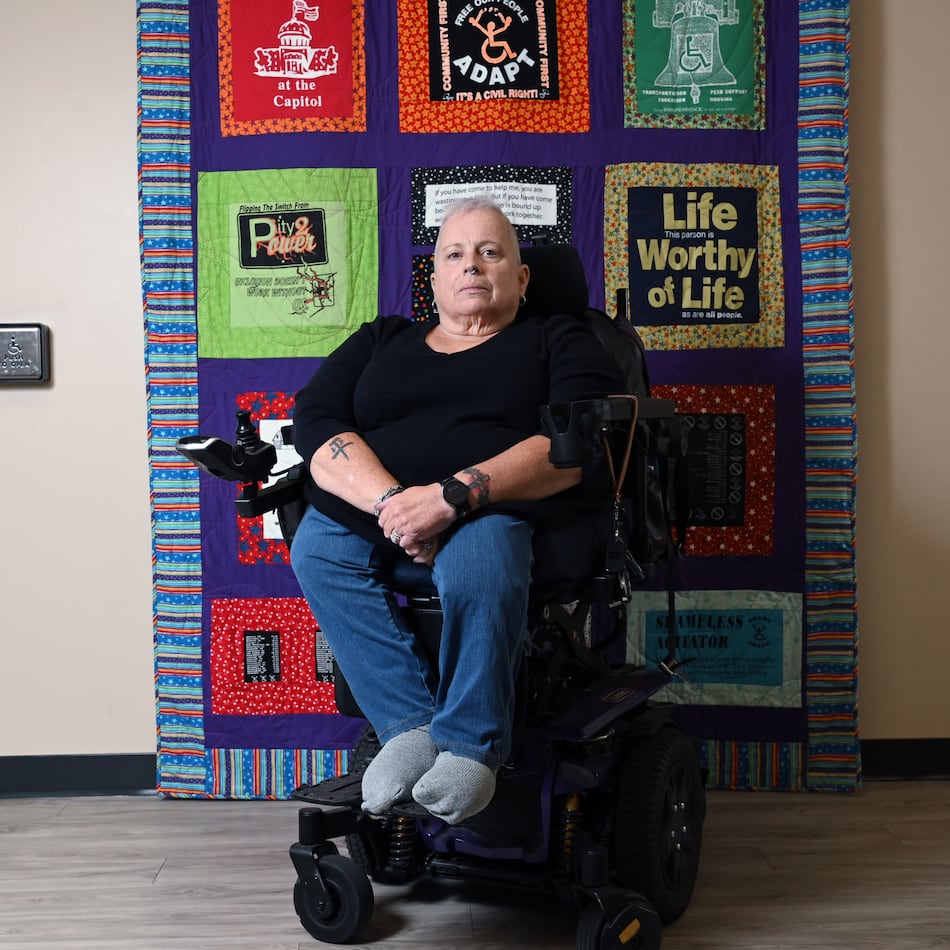Who knew that tightening our belts could help whittle our waistlines? Turns out a positive effect of the economic downturn is an uptick in interest in more healthful habits when dining out.
Tim Zagat notes that nearly 20 percent of diners responding to his company’s 2010 Zagat survey said they’re skipping the extras to save money. “We know that people are more price- sensitive today and they’re cutting back on alcohol and desserts so, ironically, they’re eating better.”
Forty percent said they’re eating out less and more attentive to prices when ordering. If that means budget-minded diners are more likely to choose smaller steaks, appetizer portions of pasta and cook at home more often, then it’s a win-win for salary caps and calorie caps.
Here are some tips for restaurant dining while keeping an eye on bodily and monetary figures.
Divide and conquer
Sometimes bigger is better! Even though weight-control experts have warned against them, it turns out there’s an upside to the overly large portions some restaurants offer to lure us in the doors. Whenever possible, make it a practice to divide a large portion at a restaurant in half before you start eating. You’ll halve the calories and the cost of your meal. Registered dietitian Alice Hennemen, Extension educator for the University of Nebraska-Lincoln said, “Think ‘planned-overs’ rather than ‘left-overs.’ Make it a practice to ask for a doggie bag at the beginning rather than end of the meal.” If you remove half the food immediately so it’s out of sight, you won’t be tempted to eat the whole serving and the takeout container will keep the food fresher longer.
Big variety, small plates
If you have a choice, order smaller serving sizes of foods such as burgers, fries, drinks, salads, soups and desserts. They’re lower in calories and cost. Susan Lindley of Atlanta said, “We love restaurants. But when my husband, George, and I dine out, we always split a few great-sounding appetizers and order our own side salads to save money and calories.”
Happily, many restaurants have increased the number of appetizers or small plates offered on menus because that’s what customers are demanding.
‘Dine’ during the day
Many restaurants offer some of the same delicious dishes for lunch as at dinner, only in smaller portions and for less money. Want to eat at that fancy restaurant? Check its noontime menu and enjoy a leisurely lunch at sometimes half the price. You’ll also be meeting the healthful-eating mission to consume the majority of your calories during the day, when you’re the most active. The Zagat survey found that 7 percent of diners were going to more expensive places for lunch instead of dinner.
Take a walk
Rather than choosing the shortest route from car door to restaurant table with valet parking, why not intentionally find a parking spot that’s a bit farther away but free?
If on-street free parking is not an option in urban settings, choose self parking in the garage over valet services to save a few dollars and burn some extra calories coming and going from the restaurant.
Healthful investment
Spend dining dollars on the freshest foods. Even though the economy may be weaker, two-thirds of diners responding to the Zagat survey said spending a bit more for “green” menu options (local, sustainable, farm fresh foods) as well as foods prepared with healthful fats (olive oil, canola oil, trans-fat free) is just as important to them. Zagat said, “There’s actually an increase in interest in healthy dining nationwide.” And it seems there’s a side benefit for our mental health, too. Nearly half of patrons say they feel more appreciated at restaurants today.
Carolyn O’Neil is a registered dietitian and co-author of “The Dish on Eating Healthy and Being Fabulous!” E-mail her at carolyn@carolyn oneil.com.
About the Author
Keep Reading
The Latest
Featured

